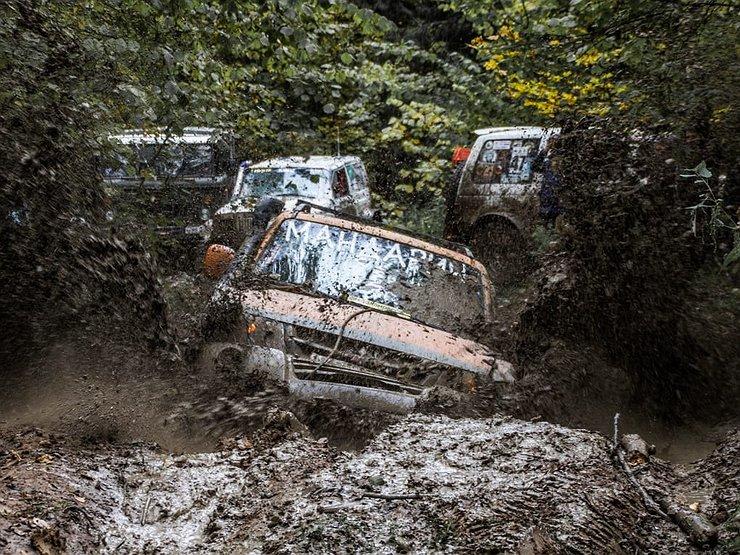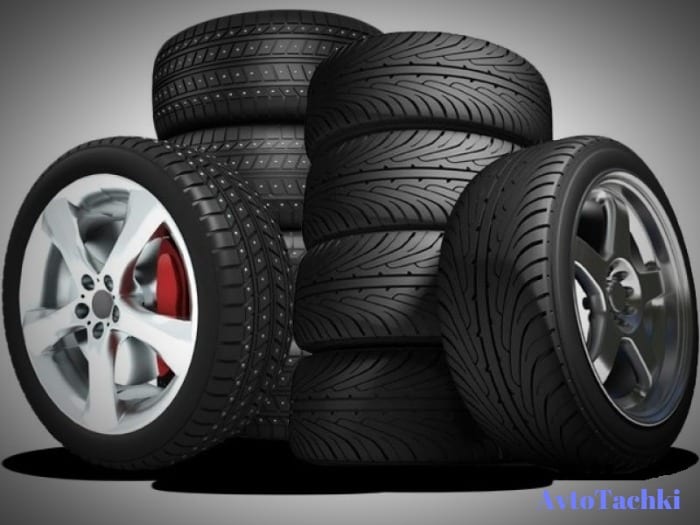
How to determine tire wear
Content
- 📌How to determine rubber wear
- 📌Why pay attention to wear
- 📌 Car tire service life
- 📌 Which makes tires wear out faster
- What are the risks of riding on worn-out tires?
- 📌Types of tire wear and their causes
- 📌Ways to check wear
- 📌 Permissible tread wear of summer and winter tires
- 📌Formula for calculating wear
- 📌Conclusions
📌How to determine rubber wear
The most important point to be guided to understand that tire wear has become critical and it is time to change it is the wear indicators that tire manufacturers carefully place at the bottom of the grooves of the tread pattern. As a rule, tire brands calculate the minimum residual tread depth based on the preservation of the tire’s performance, such as the speed and amount of water discharged from the contact patch.
Neglect timely tire replacement categorically not recommended, as it depends on them safety of people in the car.
The smaller the residual tread depth of the tire, the worse it removes water from the contact patch and, accordingly, the higher the risk of aquaplaning. Depreciation close to the maximum allowable will not allow you to feel confident in the turns, and on gravel and dirt roads a weak hook will appear.
📌Why pay attention to wear
Every part of the machine, to one degree or another, wears out and needs to be replaced over time. In the case of tires, their safety not only depends on the safety of passengers and the driver in the vehicle, but also on the rest of the road users.
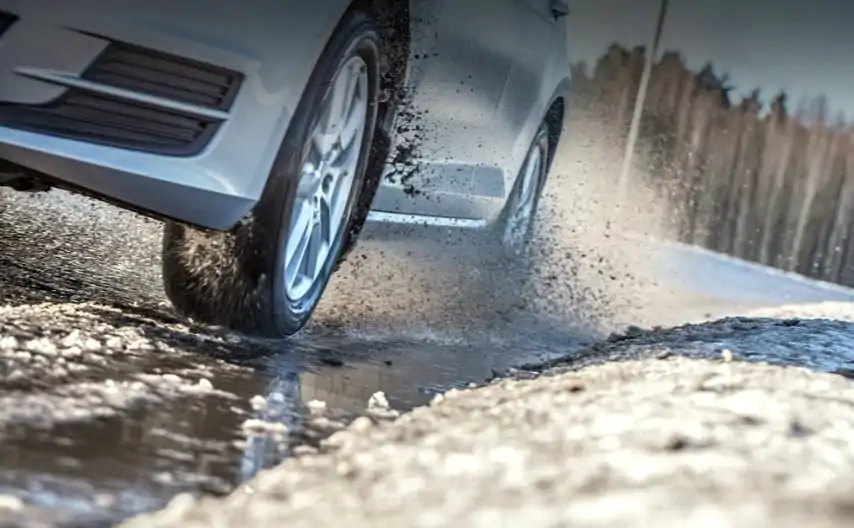
Tire monitoring is part of the standard vehicle service. An attentive motorist periodically checks the oil level in the engine, the amount of coolant, the serviceability of the brake system, as well as lighting devices.
The depth of the picture is inextricably linked with such factors:
- Controllability of the vehicle. The lower the height of the drawing, the worse dirt and water will be discharged, and this increases the risk of losing control of the machine when driving through puddles. On bends on dirt roads, the vehicle may drift due to poor grip.
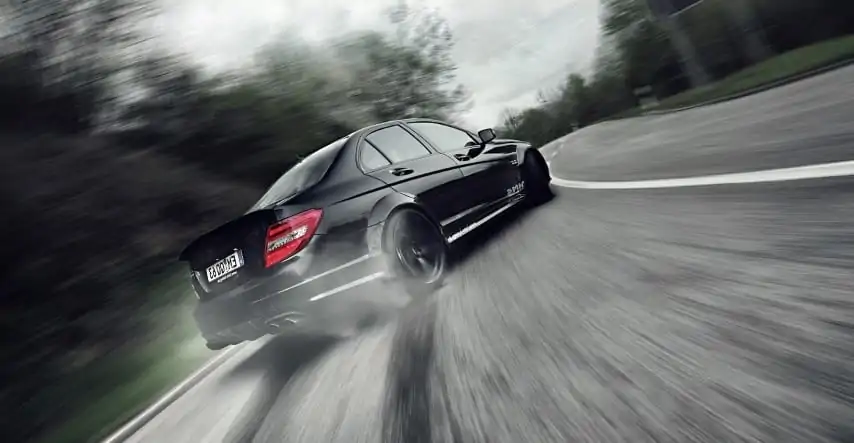
- Braking distances. The cutter tread reduces the adhesion of tires even to dry asphalt, which is why the braking distance increases under the same operating conditions.
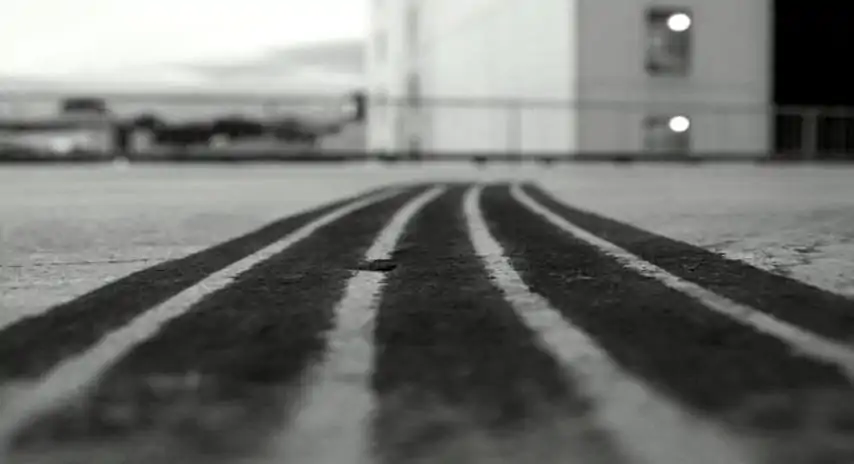
- Uneven wear of the lamellas may indicate some malfunctions of the car, for example, unbalanced wheels or the need to adjust the alignment.
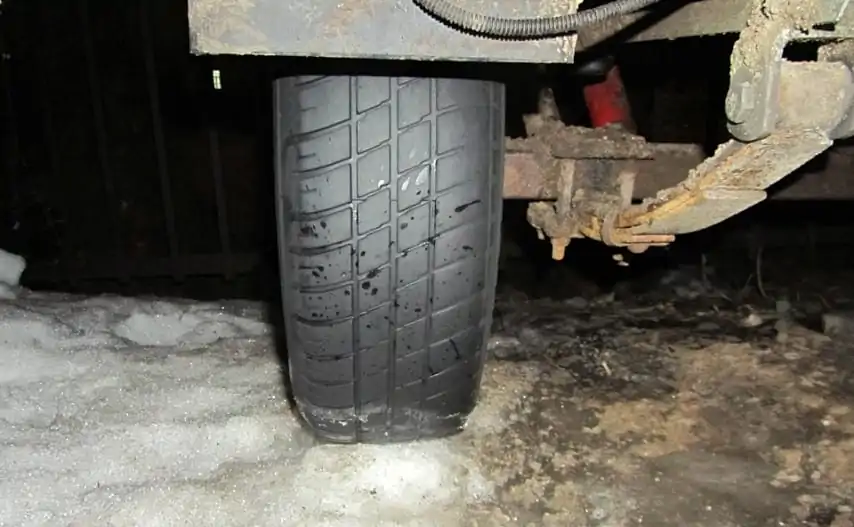
📌 Car tire service life
Most manufacturers set a maximum life span of ten years. However, this figure is relative. Here are the main factors affecting the suitability of automotive rubber:
- How was the tire stored;
- Under what conditions was it operated;
- Natural aging.
Shelf life is the period specified by the manufacturer during which the tire does not lose its properties. This period begins from the time of manufacture, and not from the date of purchase. This information can be found on the side of the tire. It looks like four numbers. The first two indicate the week, and the rest indicate the year of manufacture.
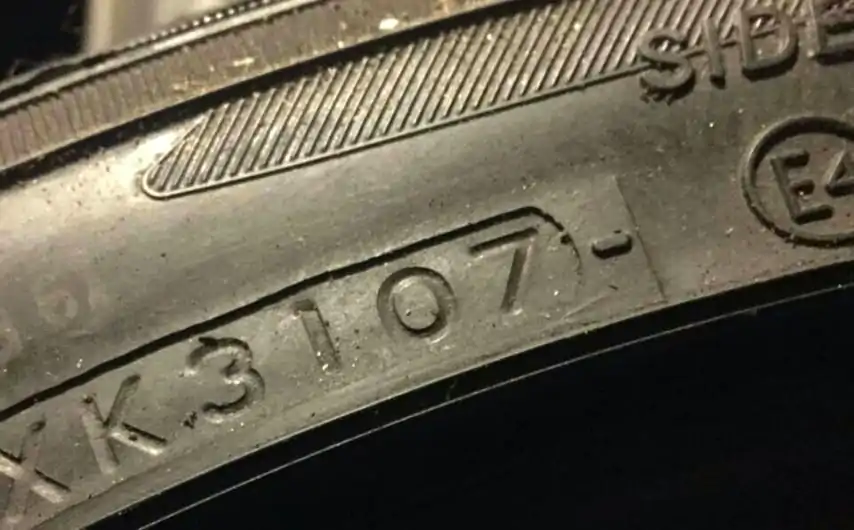
For example, buying a “new” rubber that has been in stock for four years can be used for no more than six years (if the warranty period is limited to 10 years). Even if it was stored correctly, rubber tends to age, which is why microcracks appear on it, and it loses elasticity.
It is also worth considering that different types of tires are created for winter and summer operating conditions. There is also a third variety - all-weather. Some motorists use it to save money.
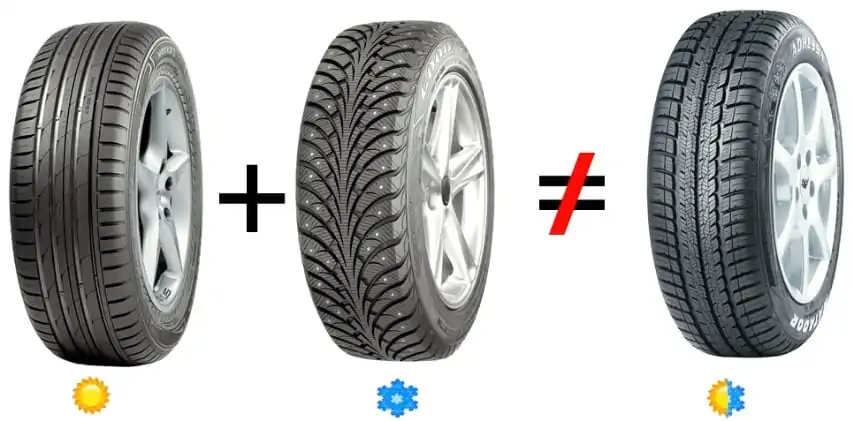
For example, owners of front-wheel drive cars “shoe” the rear wheels in such rubber so as not to buy a full set of winter and summer. In fact, experienced drivers do not recommend conducting such “experiments”, since the “universal” option has a shorter resource and is not as reliable as the model for a particular season.
📌Summer tires
In the manufacture of car tires, to increase their elasticity, manufacturers add rubber to its composition (in addition to additional substances that affect product quality). This polymer at different temperatures acquires different properties:
- at -70 degrees begins to crystallize;
- at + 180-200 degrees it becomes fluid;
- at +250 rubber decomposes into gaseous and liquid substances.
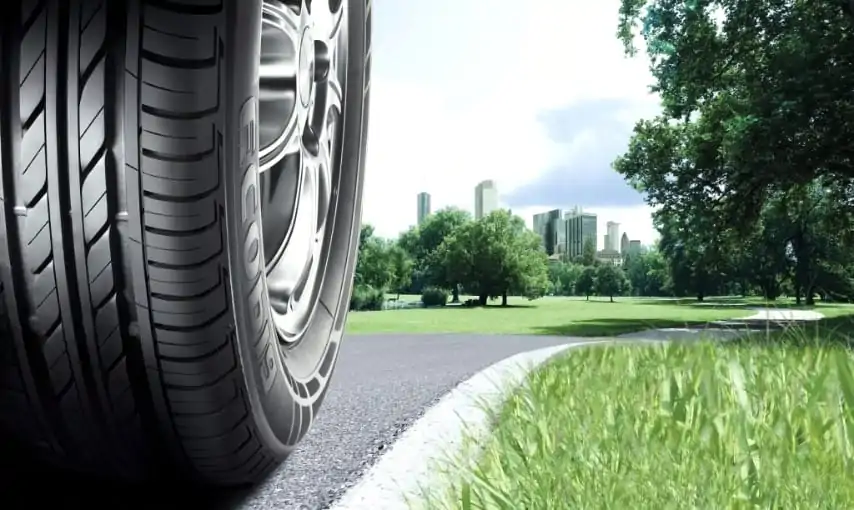
Since mainly in summer the temperature of the air and road surface exceeds a value of +10 degrees, the rubber in the tire composition is added less than rubber.
Due to the increased stiffness, such tires are more resistant to wear than winter ones. The tread in it is not as deep (most often 7-8 millimeters) as in the winter version, since its main task is to divert water and dirt from under the wheel. For winter options, it is important that snow does not linger between the lamellas, so the pattern in them is deeper and wider.
In addition to these characteristics, you also need to focus on driving style preferences. For the measured mode, one requires the characteristics of tires (pattern, rigidity, depth and width of the pattern), for sports driving with sharp maneuvers - others, and for offroad - third.
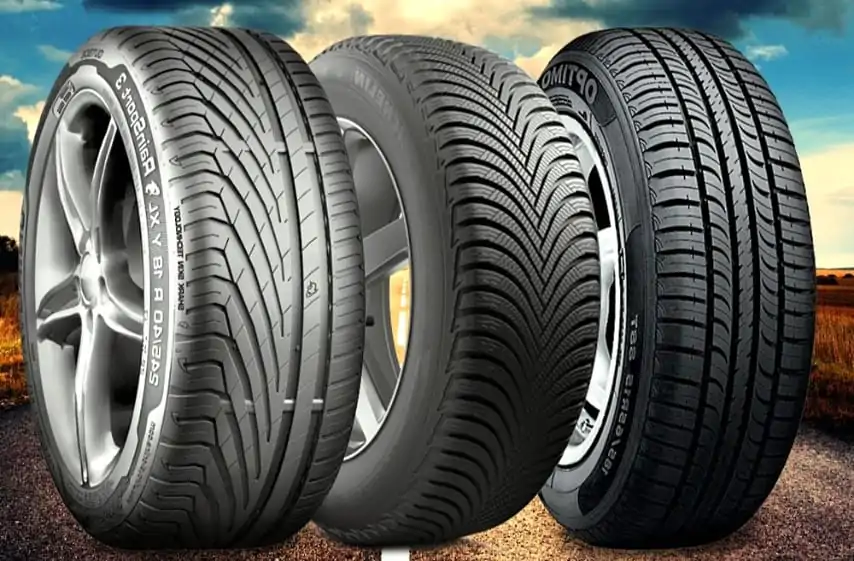
Summer tires are not as noisy as winter tires. Over the entire period of operation, they experience less stress due to temperature changes (it’s warm in the garage in winter and frost outside), and also because of a sharp change in the quality of the road surface (in winter, snow may be present on the road during one trip ice, water).
In view of these characteristics, the service life of summer tires is almost as declared by the manufacturer.
Here is a short video test for summer tires:
📌Winter tires
The first difference between winter tires and summer tires is their elasticity due to the increased rubber content. Without this polymer, rubber at low temperatures not only loses its ductility, but also begins the process of its glass transition. Because of this, the usual load during a quiet trip can be fatal for summer tires, if the street is cold.
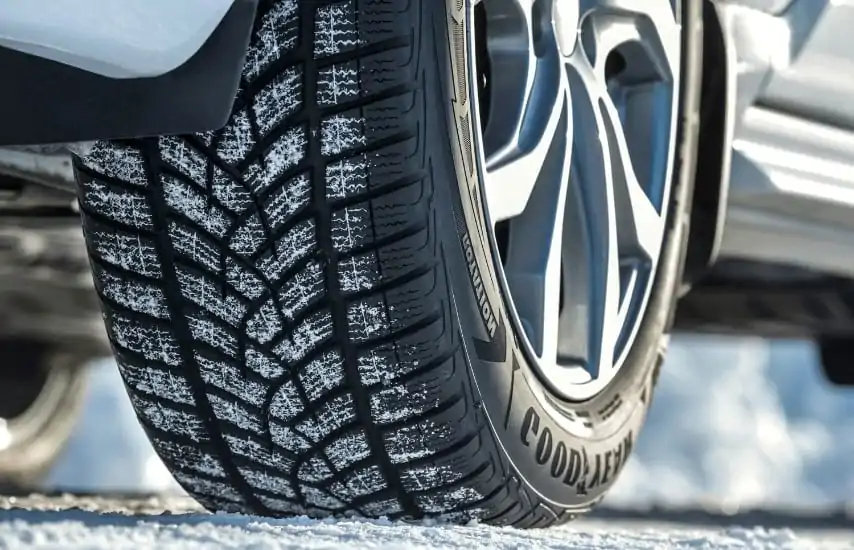

Since in winter the car often drives along snowy sections of the road, winter tires need a tread deeper with wider lamellas. Thanks to this, the pattern is not clogged with snow, and the tire “clings” not to the soft layer of snow and dirt, but to a harder surface. Such characteristics are very important not only in bends, but also when driving uphill.
Here is a comparative table of how the winter tires' performance changes in the case of different tread depths (for example, 185/60 R14 tires with different degrees of wear are taken):
| Winter, tread 8 mm. | Winter, tread 7,5 mm. | Winter, tread 4 mm. | |
| Snow grip,% | 100 | 60 | 48 |
| Braking in the snow,% | 100 | 97 | 86 |
| Aquaplaning,% | 100 | 95 | 73 |
| Braking on dry asphalt,% | 100 | 106 | 118 |
| Braking on wet asphalt,% | 100 | 103 | 93 |
Given the elasticity of the material, the tread in this type of tire erases faster than summer analogues. Although manufacturers often set the same lifespan for both summer and winter tires, the latter recommend changing when passing:
- passenger car (up to 2000 kg.) 40-45 000 km;
- truck (2-4 tons) 60 km;
- truck (over 4 kg.) 000-65 thousand.
Look also at the rating of winter tires (2019):


Watch this video on YouTube
📌 Which makes tires wear out faster
There are factors that affect tire wear rates. Only observance of ideal conditions will allow preserving the quality of automotive rubber in the framework established by manufacturers, but rarely when it is possible to achieve this. Here is what leads to premature wear:
- Inconsistency with storage conditions. You can save tires with and without disks, only the conditions will differ. Tires with disks can either be suspended or laid on their side. Without disks, tires are only stored in an upright position (but not suspended). The room should be well ventilated, sunlight should not get on the rubber (special covers can be used), it must not be too damp or excessively dry in it.
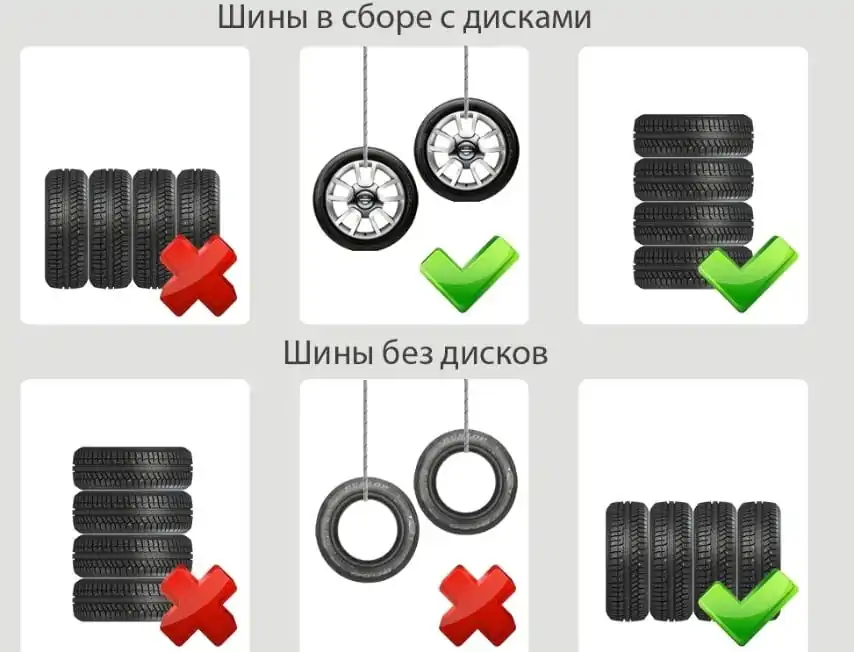

- Incorrect pressure. When the pressure requirements are met (often the car manufacturers place these recommendations on the middle pillar on the driver's side or on the inside of the gas tank cap), the tread will wear out evenly. Driving on pumped or flat wheels reduces the interval between purchases of new sets.
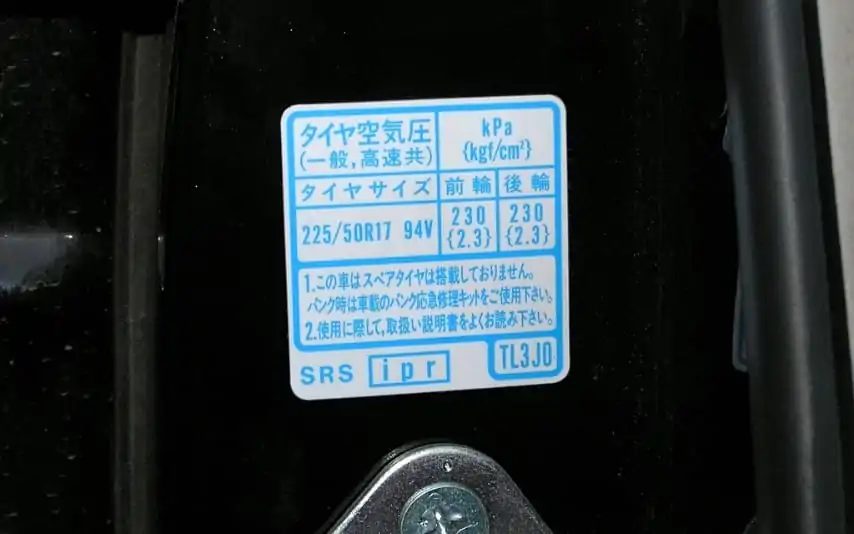

- The quality of the material. Budget models often fail after about two seasons of operation, while brand models last longer - four, and sometimes seven.
- The quality of the road surface. Sharp gravel, pits with sharp edges, tubercles, etc. creates an uneven excessive load, which leads to deformation of the rubber.
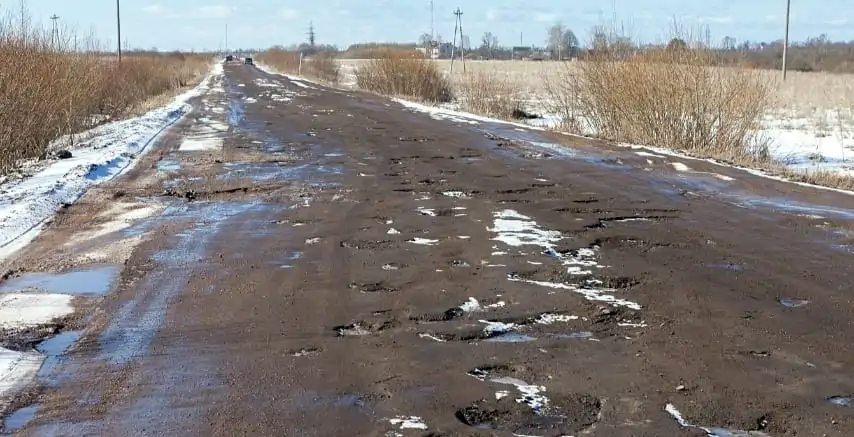

- Driving style. Sharp acceleration and braking, driving at high speeds, sharp turns - all this can reduce the working life of tires.
- Frequent machine overload. A heavy load moves the center of gravity to the rear of the car. Frequent operation in this mode will not only require the replacement of the rear tires, but can also lead to damage to the suspension elements.
What are the risks of riding on worn-out tires?
First of all, riding on worn-out tires is fraught with an accident. Sooner or later, due to a cut or puncture, the tire will burst during fast driving, which will provoke a sharp change in the trajectory of the car. Not every driver and not in all cases is able to cope with driving such a car. In the best case scenario, the car will hit a bump stop or other road barrier.
The second problem of riding on worn tires is poor grip. This is especially dangerous in winter and in wet weather. As the temperature of the road and the environment decreases, the tires become less elastic, which further reduces traction. Acceleration, maneuvering and braking - all of this significantly loses its effectiveness. This makes driving the machine more dangerous.
As you know, winter tires have a deeper tread, which provides wheel traction with the road, and not with unstable snow. Naturally, the shallower the grooves, the less stable the car will be in the snow. If you hit a puddle at speed, the almost complete absence of sipes will certainly lead to aquaplaning.
But a worn tread makes the car more stable on dry asphalt. The reason is that bald rubber provides better grip on this surface due to the larger contact area. Despite this, each driver is obliged to monitor the condition of the tires of his car.
📌Types of tire wear and their causes
The problem in some parts of the car may affect the tread condition. This indicator also sometimes indicates that the car is not being used properly.
This information will help determine what the driver is doing wrong or when a typical malfunction appears in the car. It is also useful if you decide to buy used tires. The following are the main types of wear and tear, and what they indicate.
📌Normal
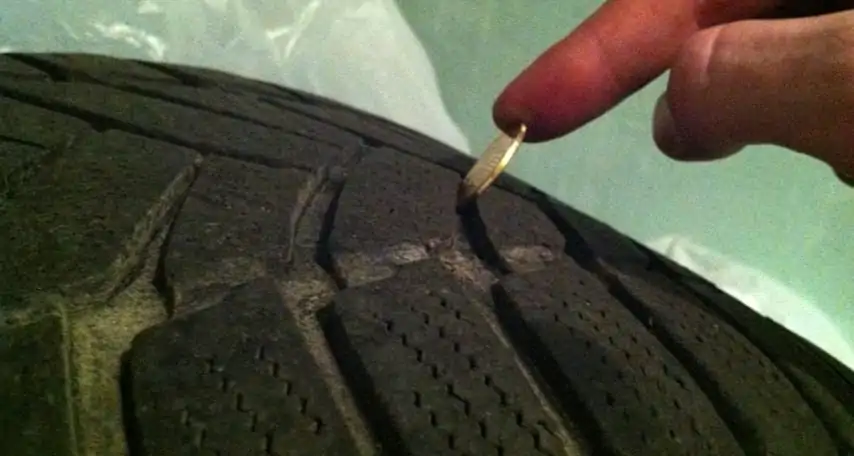

A uniformly worn out tread indicates that the tires were properly stored. It also serves as an indicator of the proper tuning of the chassis of the car. In addition to wear, it is also important to pay attention to the presence of microcracks.
📌Central
It indicates that the car drives on pumped wheels. Since the rubber has become tougher due to increased pressure, the wheel is locked to the road only in the central part.


📌Bilateral
This type of wear is characteristic for riding on a tire that is not allowed. In this case, the contact spot moves to the edges. Stiffeners experience stress and the rough road surface does the trick.
📌 One-sided
This type of wear is typical for cars in which the geometry of the axles is incorrect. If the tires wear off more strongly from the inside, then this indicates a negative camber of the disks. External wear is a sign of a positive camber.
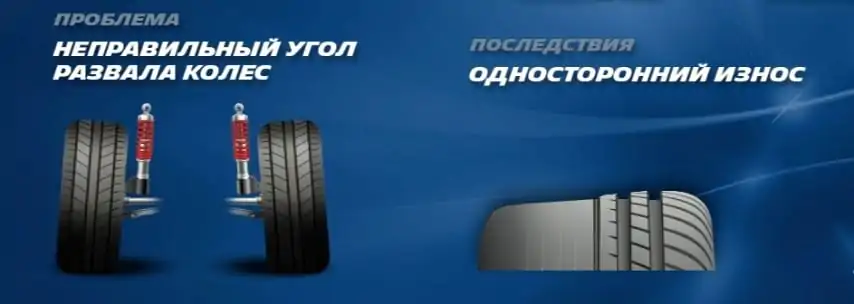

Poor rims can also be a problem. With strong impacts (a pit with sharp edges, a curb, etc.) it can be deformed, but outwardly it can be invisible.
📌Spots
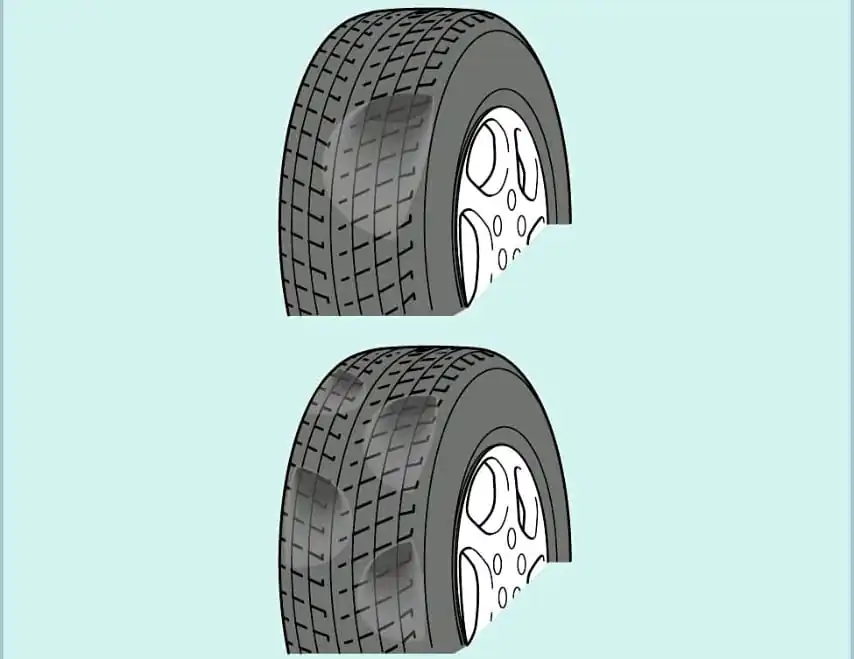

This wear most often indicates improper wheel balancing. If balancing did not help to fix the problem, you need to take the car to the service station to diagnose the suspension. The levers may be defective or dampers.
📌Uniform on each tire from a pair with one axle
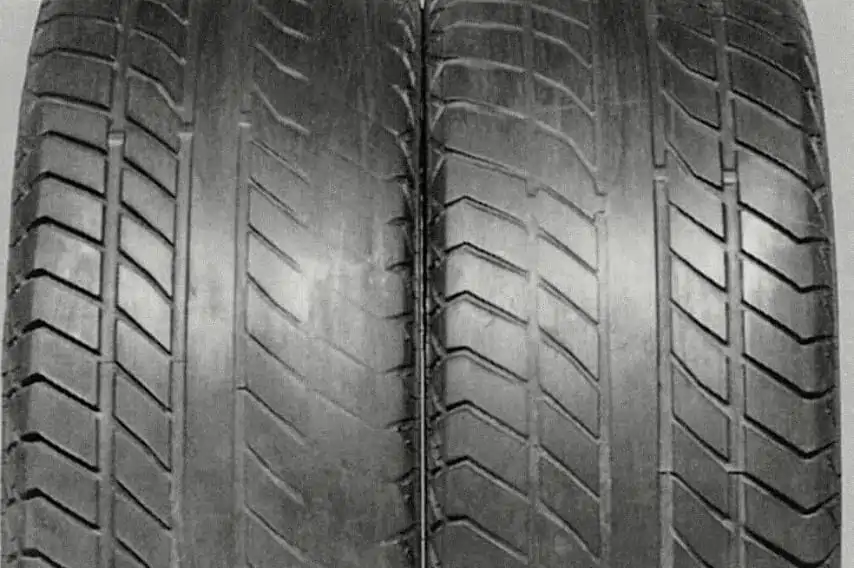

It happens that the left tire is more worn out than the right (or vice versa). Most likely, this means that when buying new cylinders, the owner of the car did not look at the date of their production. Tires from different batches may wear differently. If this is not the reason, then the wheel alignment should be checked.
📌Sawtooth


For driving on loose and very moist soil, special tires are created - “alligator” or “button”. They differ in a block pattern with rounded sides. Sawtooth wear may appear on such tires. This is due to frequent trips on poorly paved roads.
Also, such a problem appears when the wheel angle is incorrect.
In addition, watch a video review of common types of wear and how to fix them:


Watch this video on YouTube
📌Ways to check wear
There are several ways to check the suitability of tires for further use. Consider the most popular of them.
📌 Wear indicator
The minimum residual tread depth for summer and winter tires is 1,6 mm. Manufacturers usually also have their own indicators of allowable wear at this height with small assumptions upwards. You can measure their depth using a special depth gauge or ruler. In the second case, the value may be inaccurate.
Finding these indicators is easy enough. They are located at the bottom of the grooves of the tire tread pattern, and on the sidewall are marked with the special TWI marking. Somewhere, this marking may look like an inscription, someone marks it with a triangle, and some manufacturers even draw pictograms with their own logos.


📌Digital wear indicator

Some tire manufacturers use a special system of numbers - indexes, which helps the driver determine the level of rubber wear. Today, there are three main types of digital indicators:
- With a number of digits from 2 to 8. Marking is carried out in millimeters.
- Segmented, in which numbers are extruded in one place at different depths. As wear deteriorates, the value demonstrates the degree of erasure.
- With a number of numbers. This marking is performed as a percentage of the tread height.
To determine tire wear in this way, no additional fixtures are required. Everything becomes clear at a glance at the rubber.
📌 Color change tire
Interesting method definitions worn-out tires that Chinese designers came up with. It involves changing the color of the tire, depending on the degree of wear. Gradually, the tread color changes from black to bright orange.

📌 Profile depth gauge
This is a device that allows you to measure the depth of the grooves of the tread. Depending on the modification, it can be either mechanical or electronic. Checking the deterioration of rubber with a gauge is considered to be the most correct, since it allows a “point-to-point" examination of each suspicious section of the tire.
These devices are widely represented on the market, and are inexpensive. You can buy a tread depth gauge in almost any car dealership or on the Internet.

📌 Permissible tread wear of summer and winter tires
According to the legislation, a critical indicator of the depth of the pattern for summer tires is 1,6 millimeters, and for winter - 4 millimeters.
In addition to this limitation, for various types of vehicles there are some amendments (summer tires):
| Vehicle Type: | The value of the maximum wear, mm. |
| Passenger and light cargo | 1,6 |
| Cargo | 1,0 |
| Bus | 2,0 |
| Motorcycle | 0,8 |
For wide-profile summer tires, the set minimum value is 1,6mm. too little, so experts recommend replacing already with a residual tread depth of 3,0 mm.
Do not wait until the rubber is worn to its minimum value. This increases the risks of increasing braking distance on wet roads and aquaplaning, since the tread is no longer effectively coping with the removal of water from the contact patch.


📌Formula for calculating wear
To accurately calculate tire wear, you should rely not only on the value of the residual depth of the pattern. The percentage of this indicator will show whether it is worth buying a specific used model or better to dig it up, and purchase a new kit. This indicator is calculated using the following formula:
Z = (Amax-Anow) / (Amax-Amin) * 100%
Z is the percentage of wear on a particular tire.
Amax - the original height of the picture. This indicator can be found in the description of the characteristics on the manufacturer's website. If such information is not available, then you can focus on the average value. For summer tires, it is 8 mm., And for winter - 9 mm. (off-road model - 10 mm.)
Anow - actual height. This figure is obtained by measuring the depth at 6-10 different points. The minimum value is substituted in the formula.
Amin - the minimum acceptable value for a particular modification (table above).
This formula will help determine the remaining tire life.
See why you should not wait until the tread is worn to the minimum acceptable value:


Watch this video on YouTube
📌Conclusions
Although each driver should constantly monitor the height of the pattern, you should pay attention to the life of the product (it is up to 10 years). Even if the tread did not have time to wear out during this time, rubber loses its properties. Its elasticity worsens, it becomes brittle, cracking and oxidizing. In this case, the replacement should be made after the expiration of the service life.
Timely maintenance of the undercarriage and suspension of the car, appropriate pressure and proper seasonal storage will help extend the service life of tires during active use of the machine.
In conclusion, we offer a short video about what it can be dangerous to buy a "new" rubber on hand:


Watch this video on YouTube
Common questions:
How to check tire wear? The drive wheels will wear the most. Heavy wear will be immediately noticeable upon visual inspection of the wheel.
How to measure tread depth? A tread depth gauge is used to determine the depth of the tread pattern. Measurements must be taken over the entire wheel in at least 8 places. The minimum value is taken into account. Do not rely on indicator tires as wear can be uneven.
How many mm of tread does a new tire have? Winter semi-slicks (racing) have a tread depth of up to 17mm. Off-road modifications - over 17mm. Standard rubber has a tread depth of 7.5-8.5mm (summer) and 8.5-9.5mm (winter).
